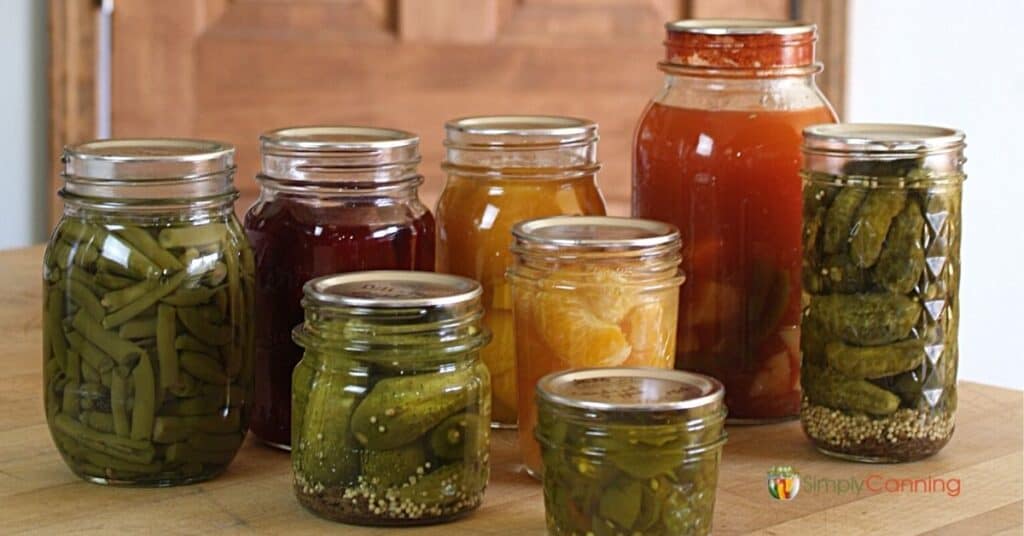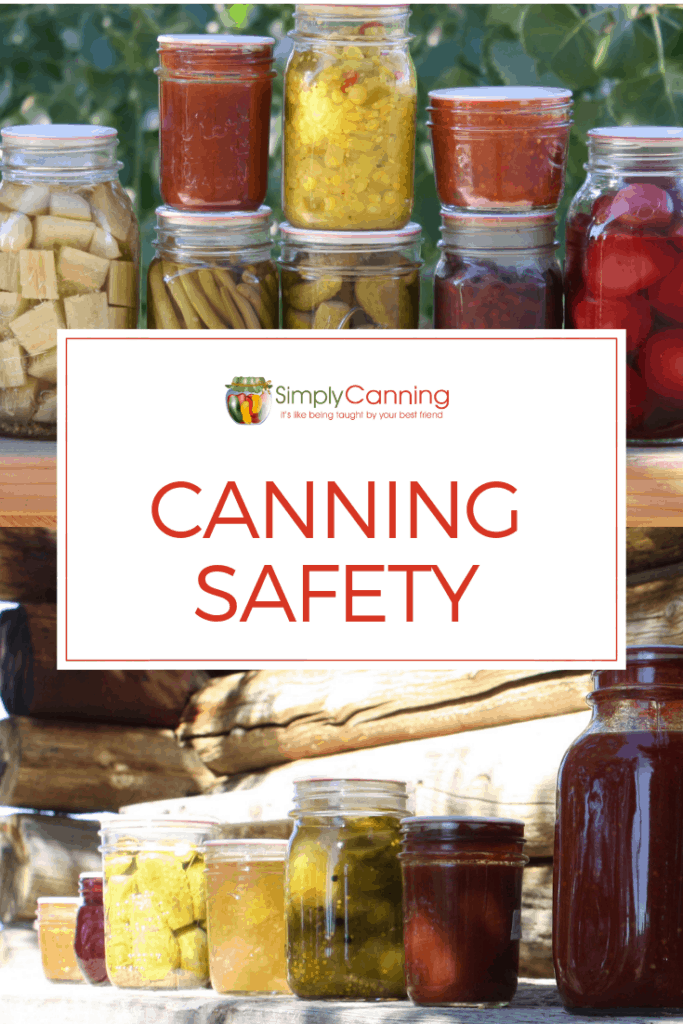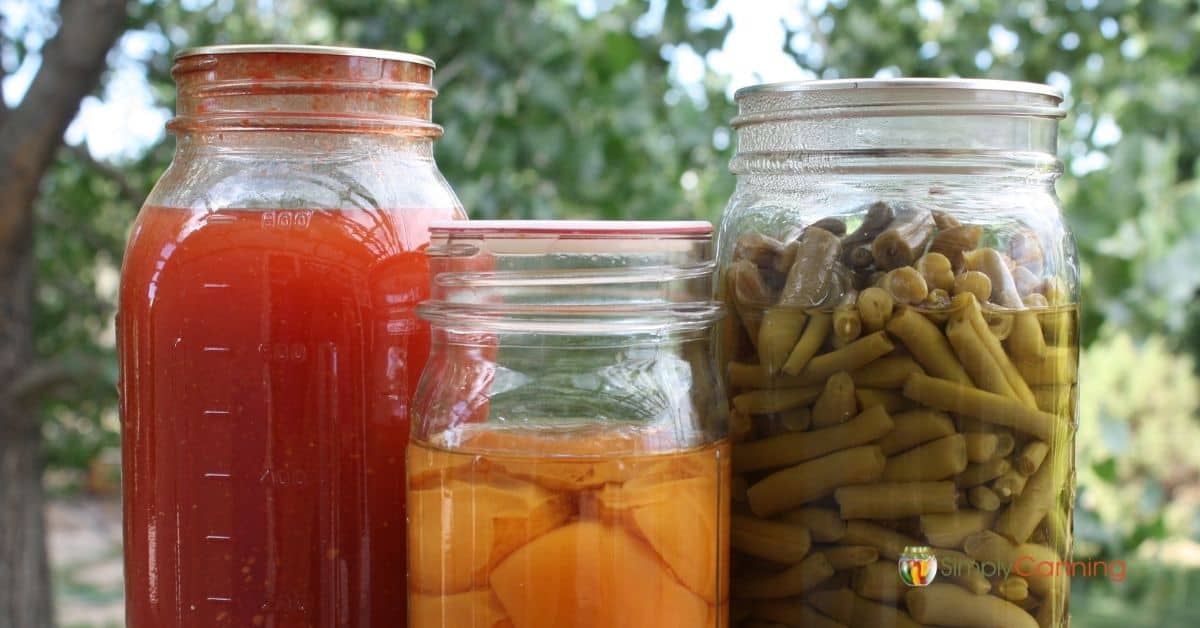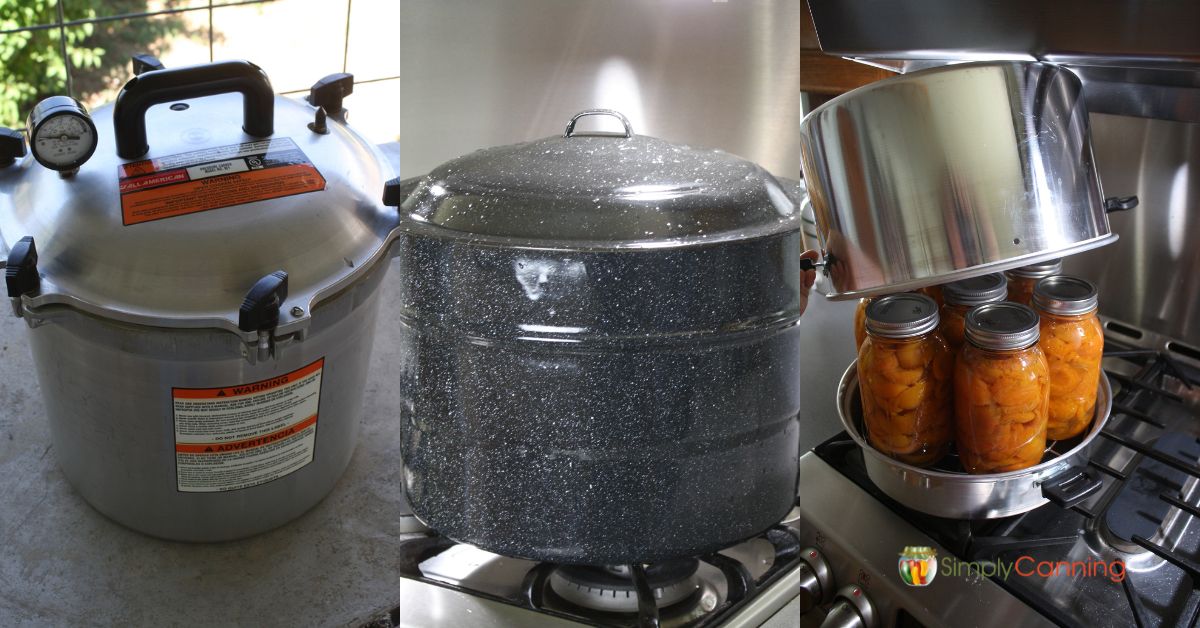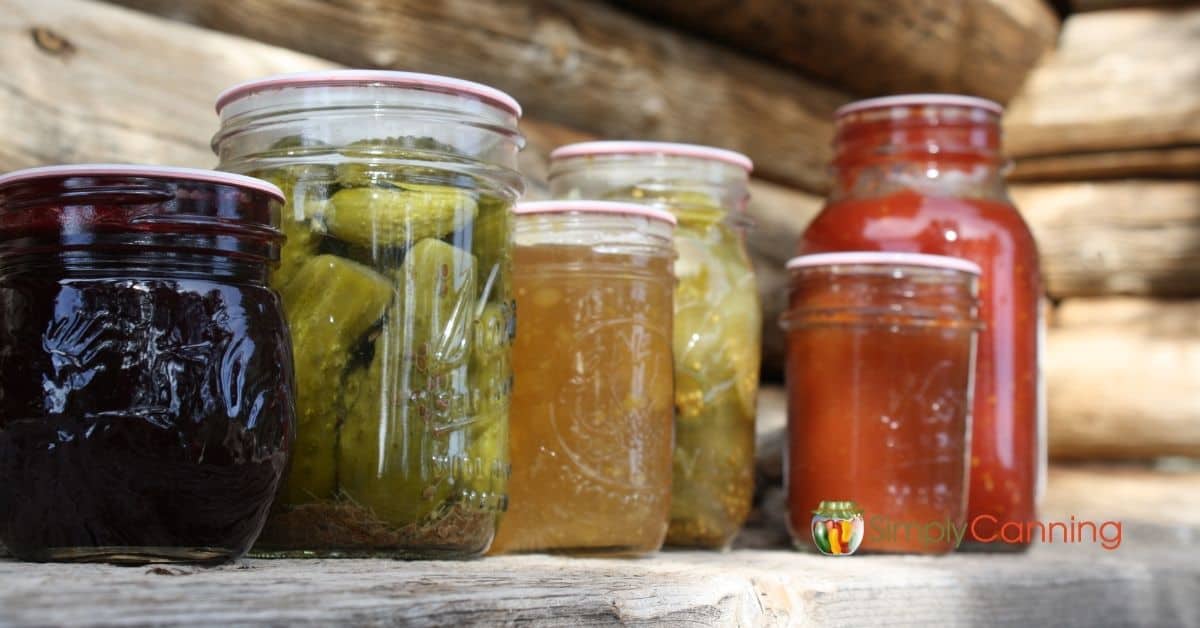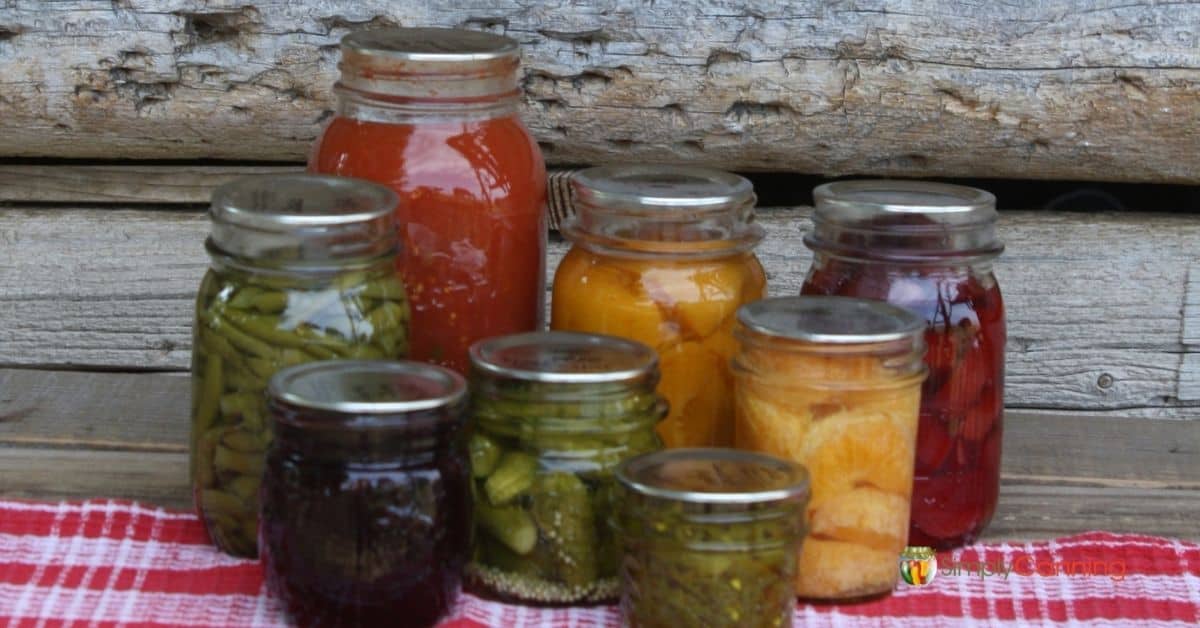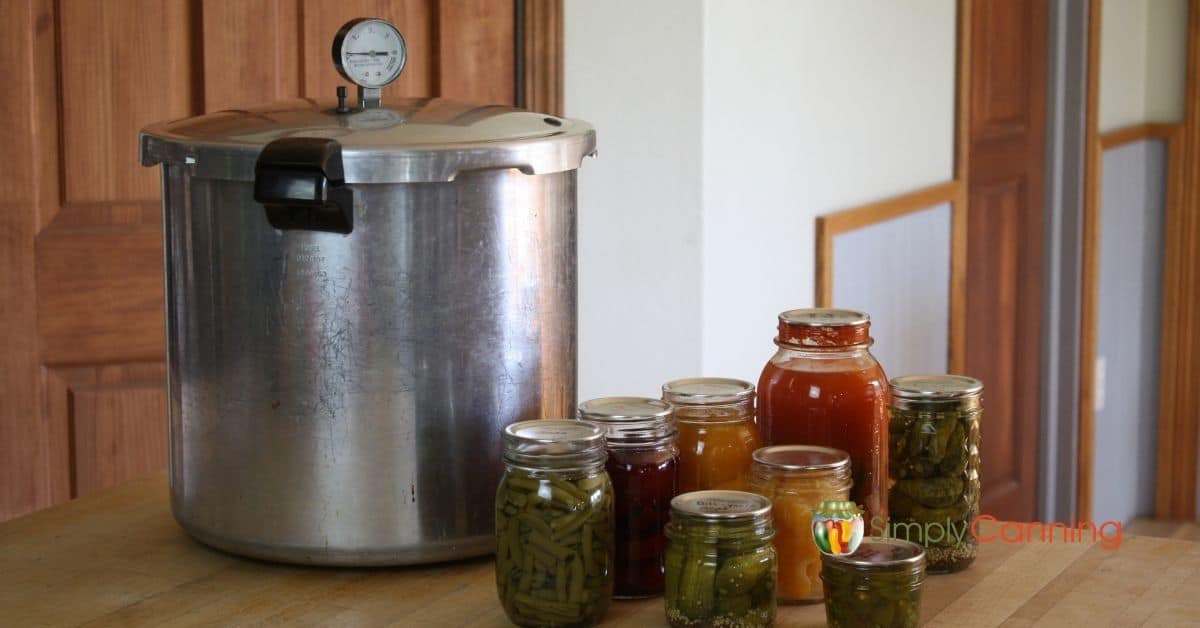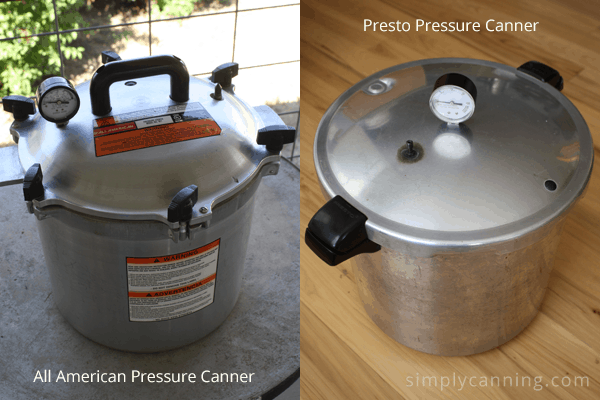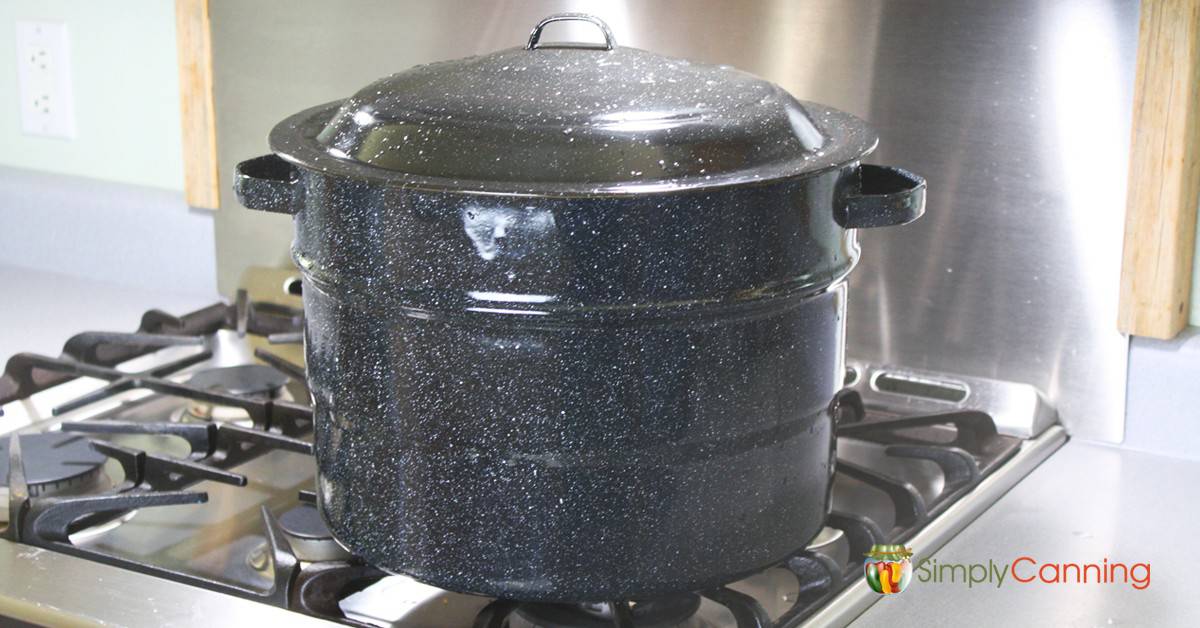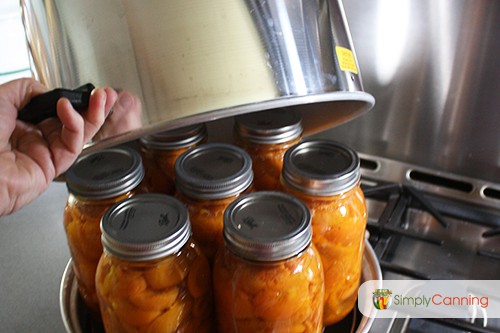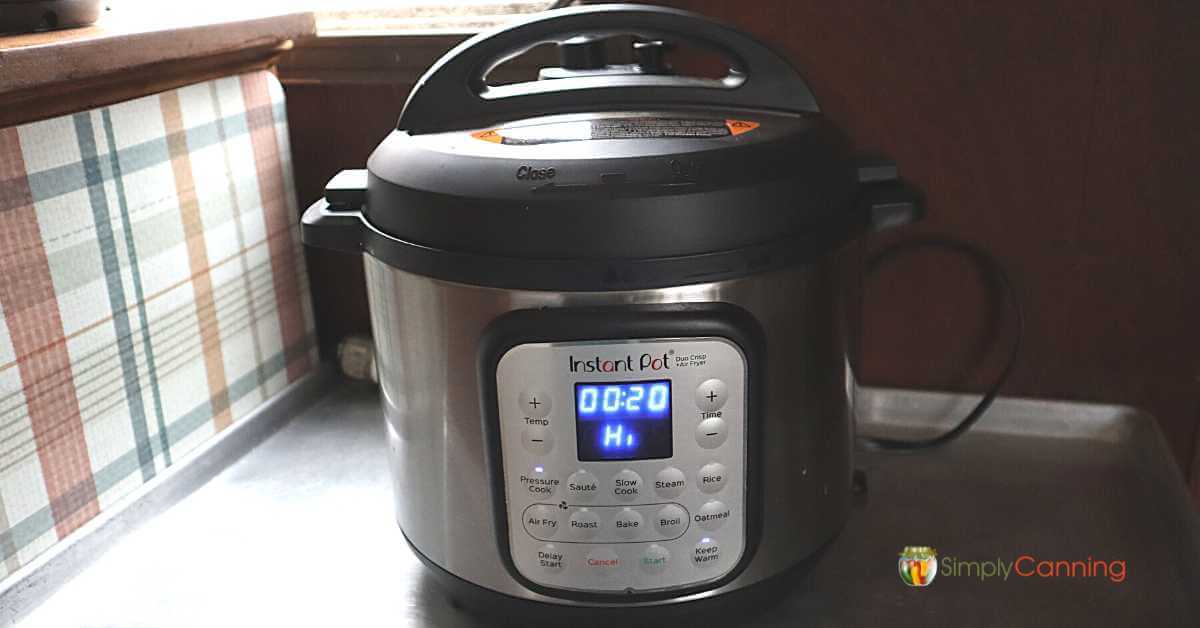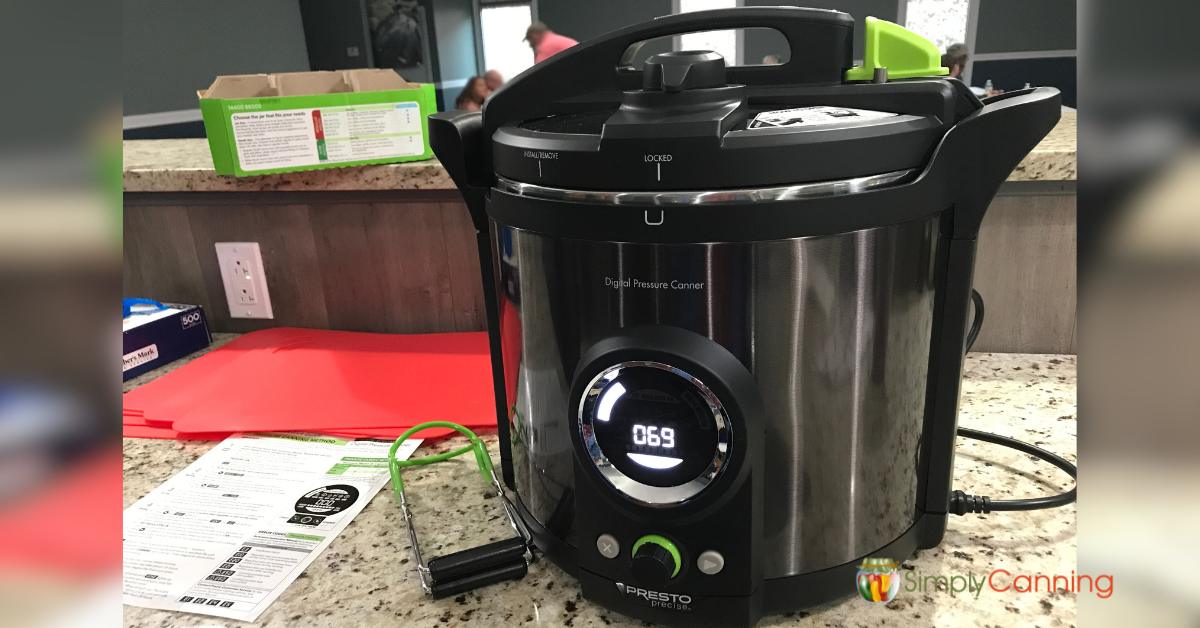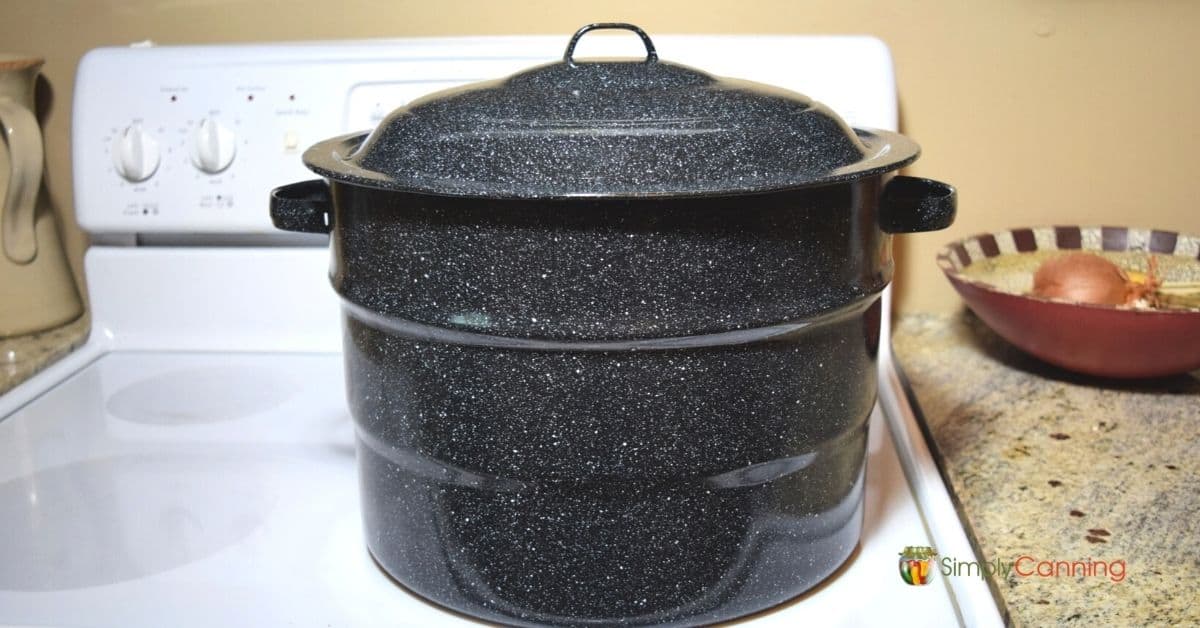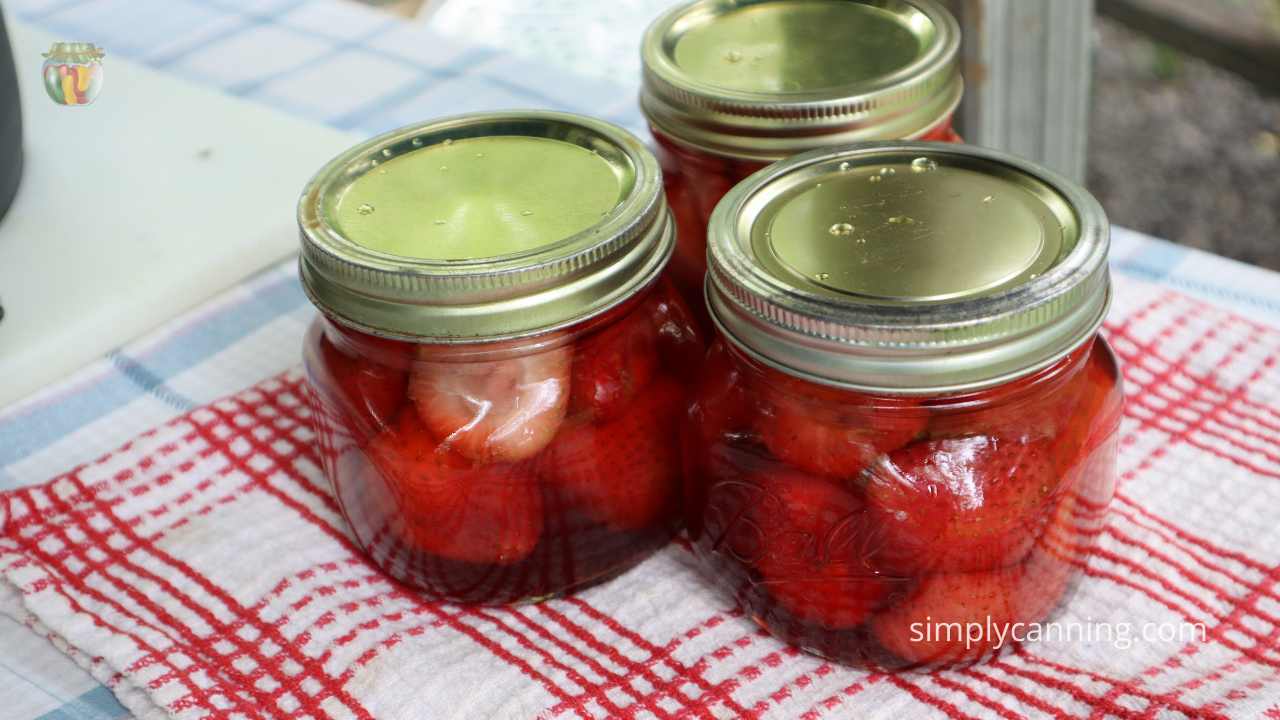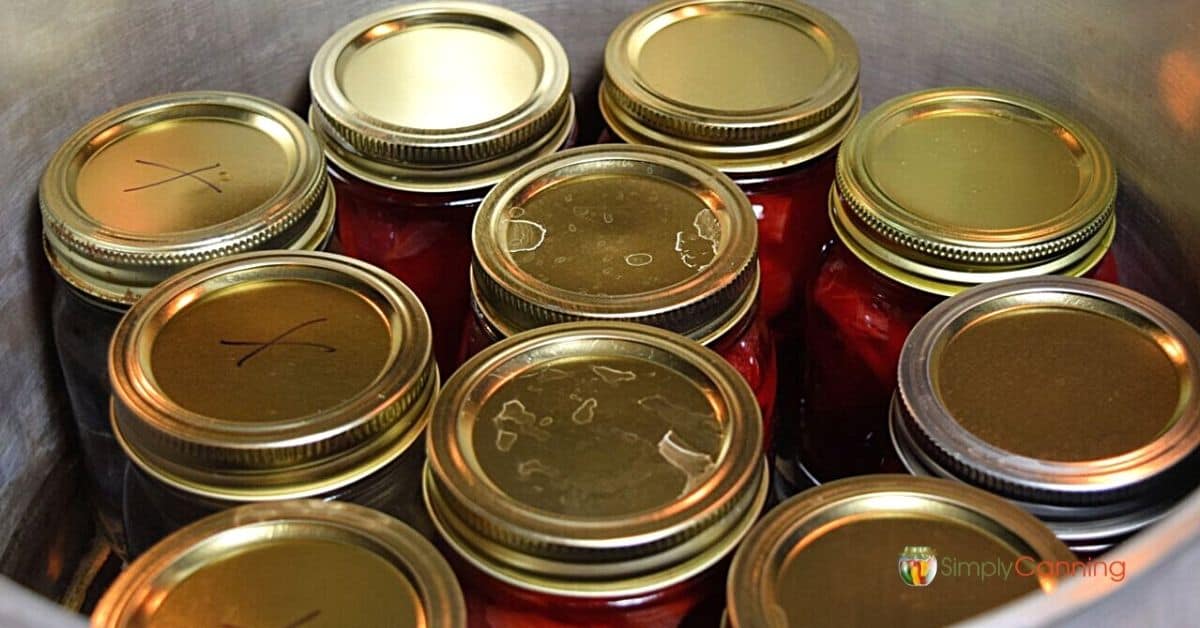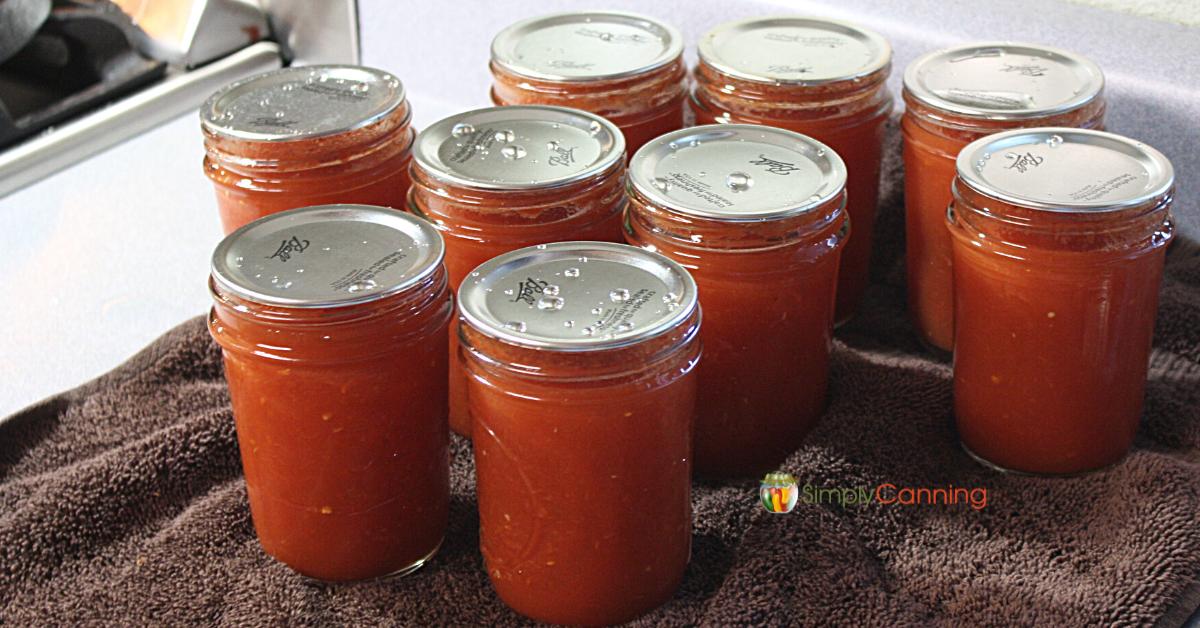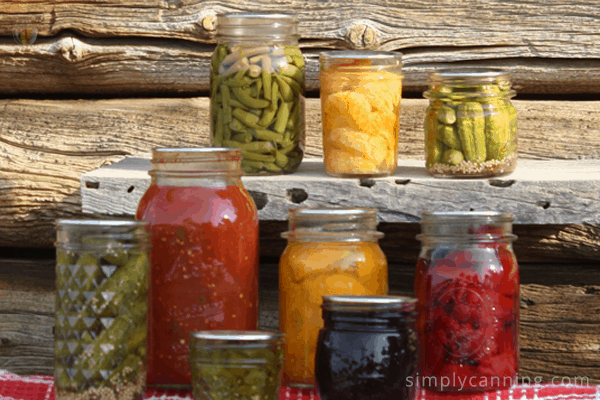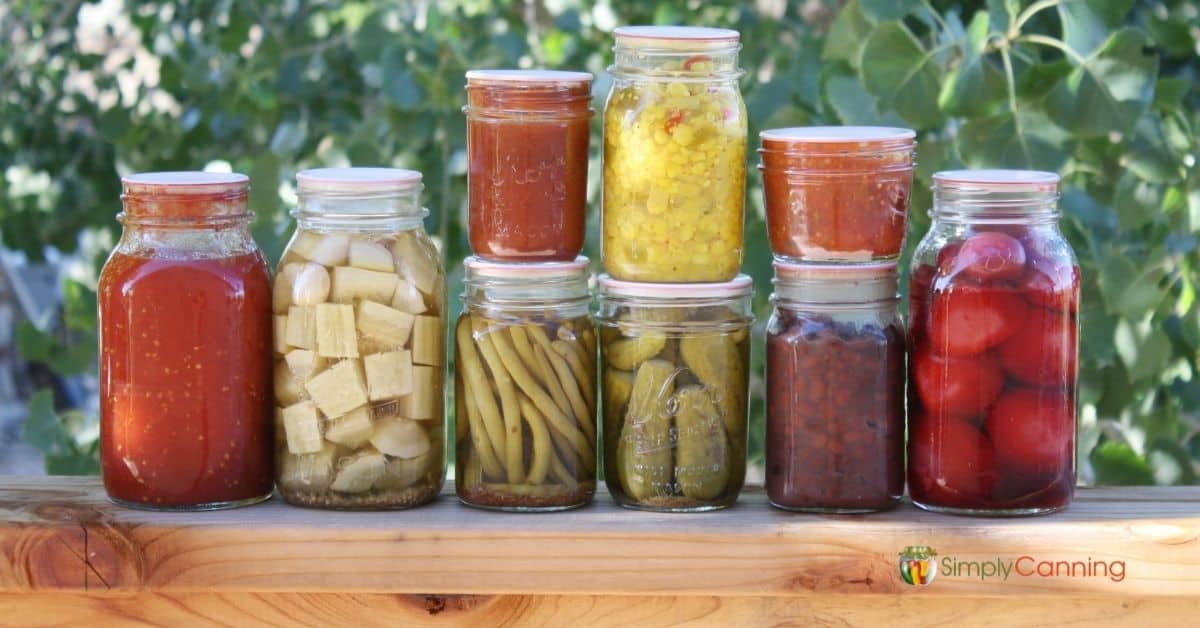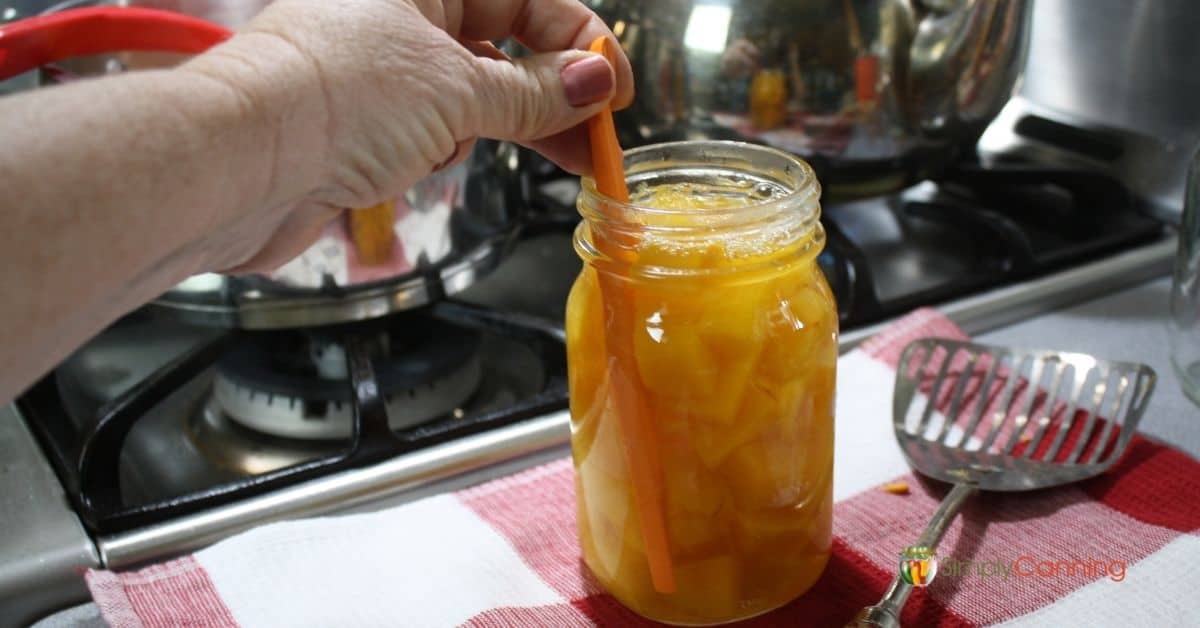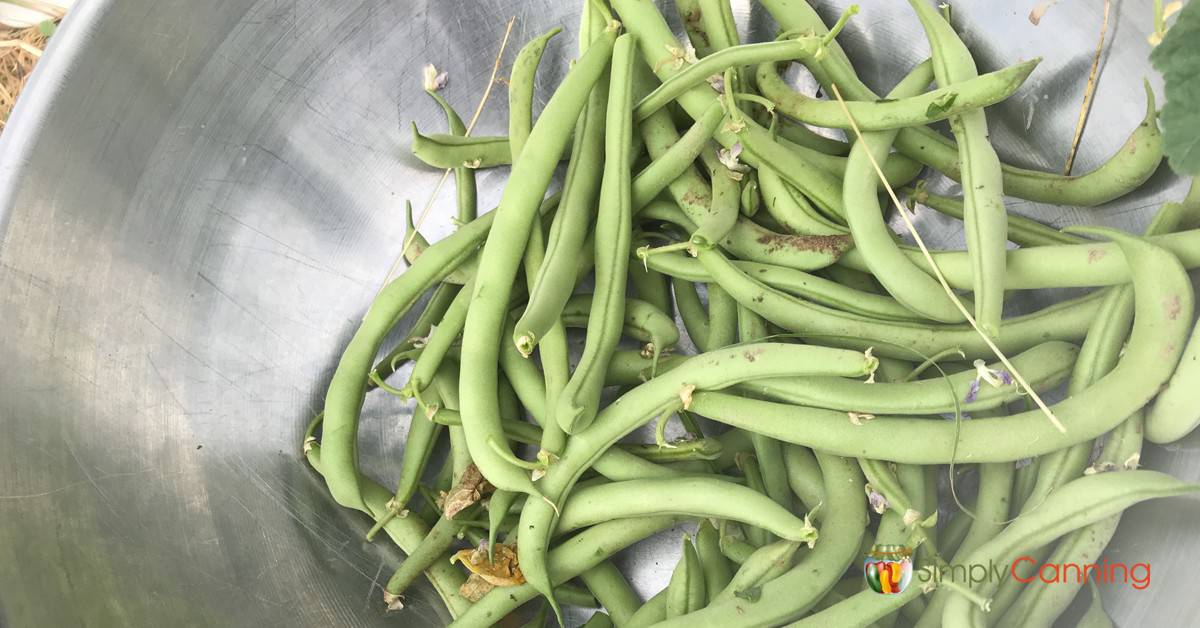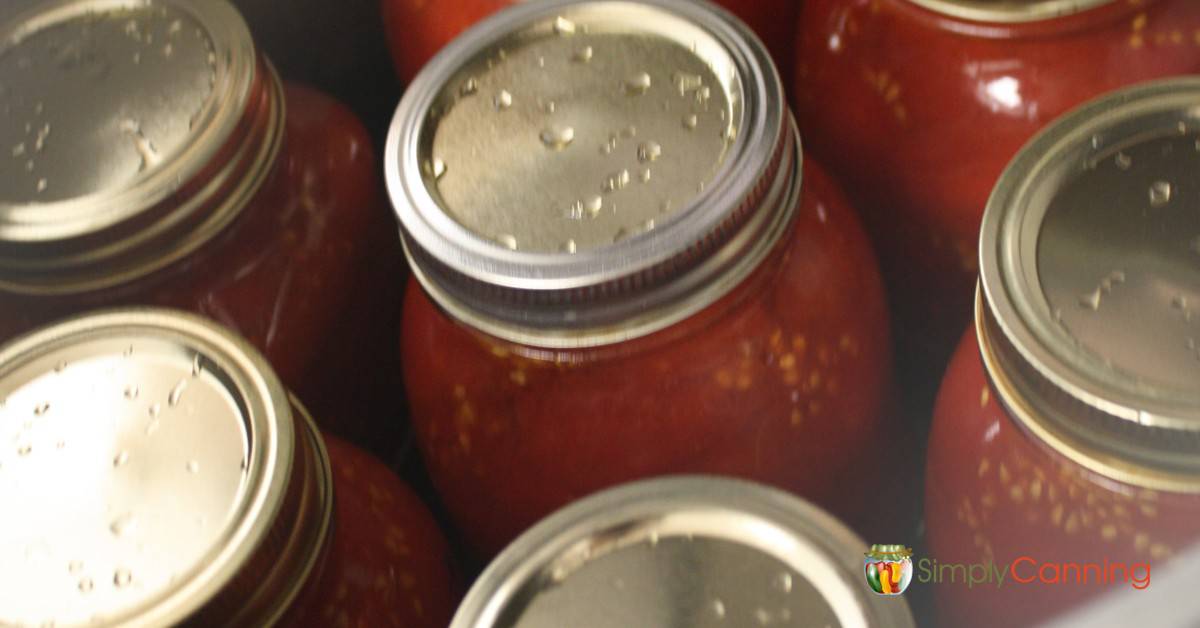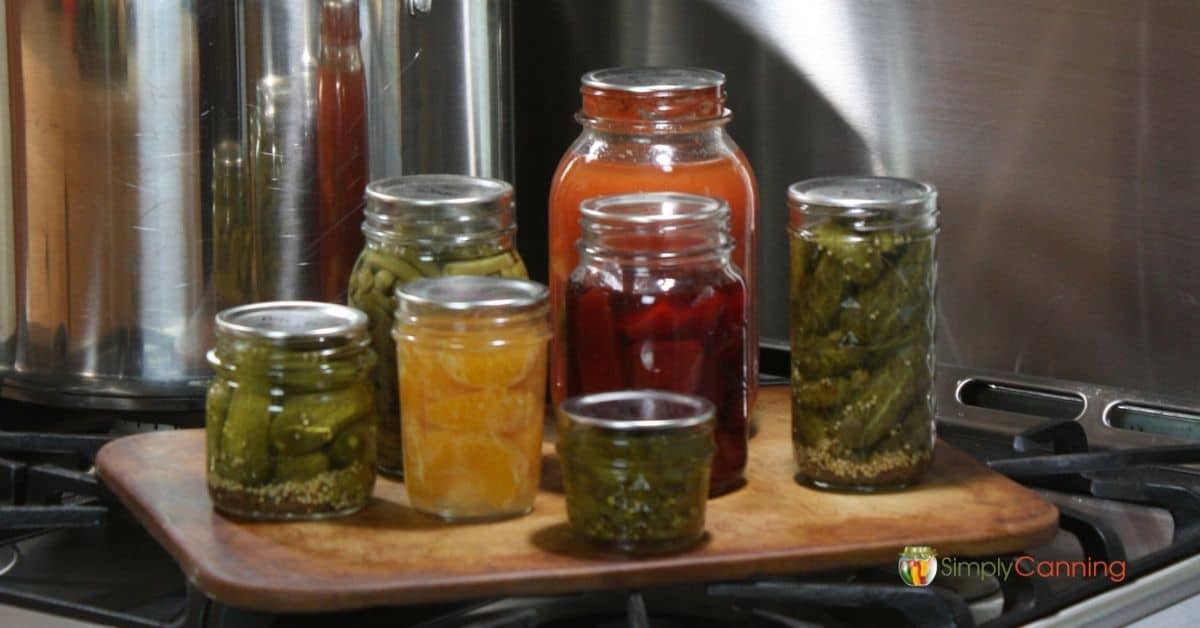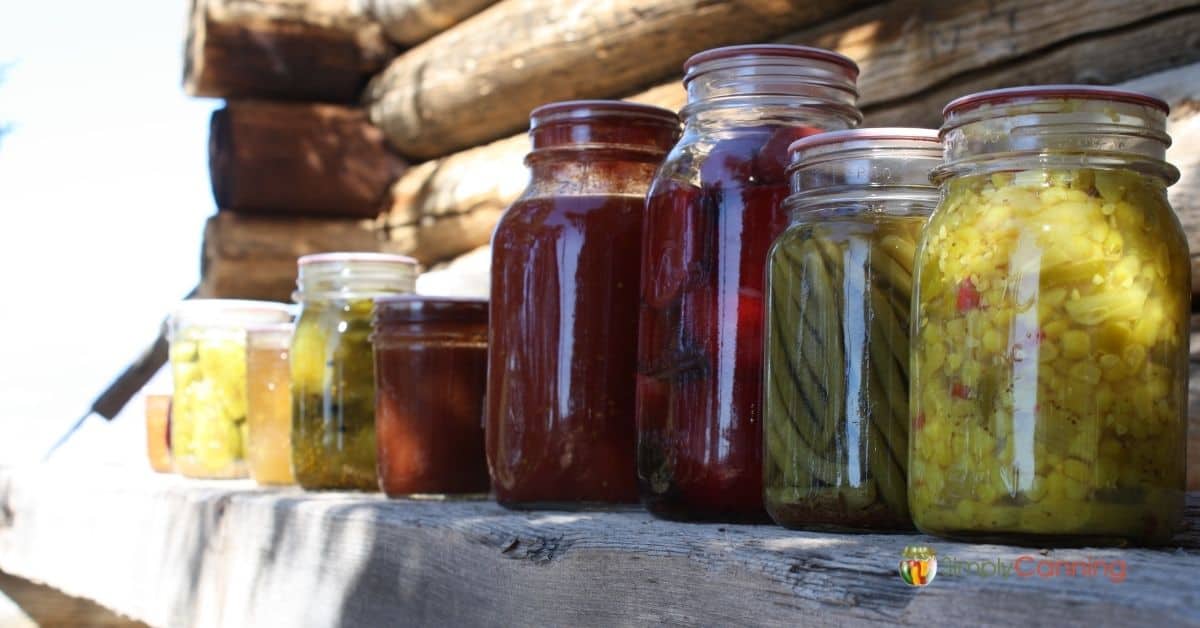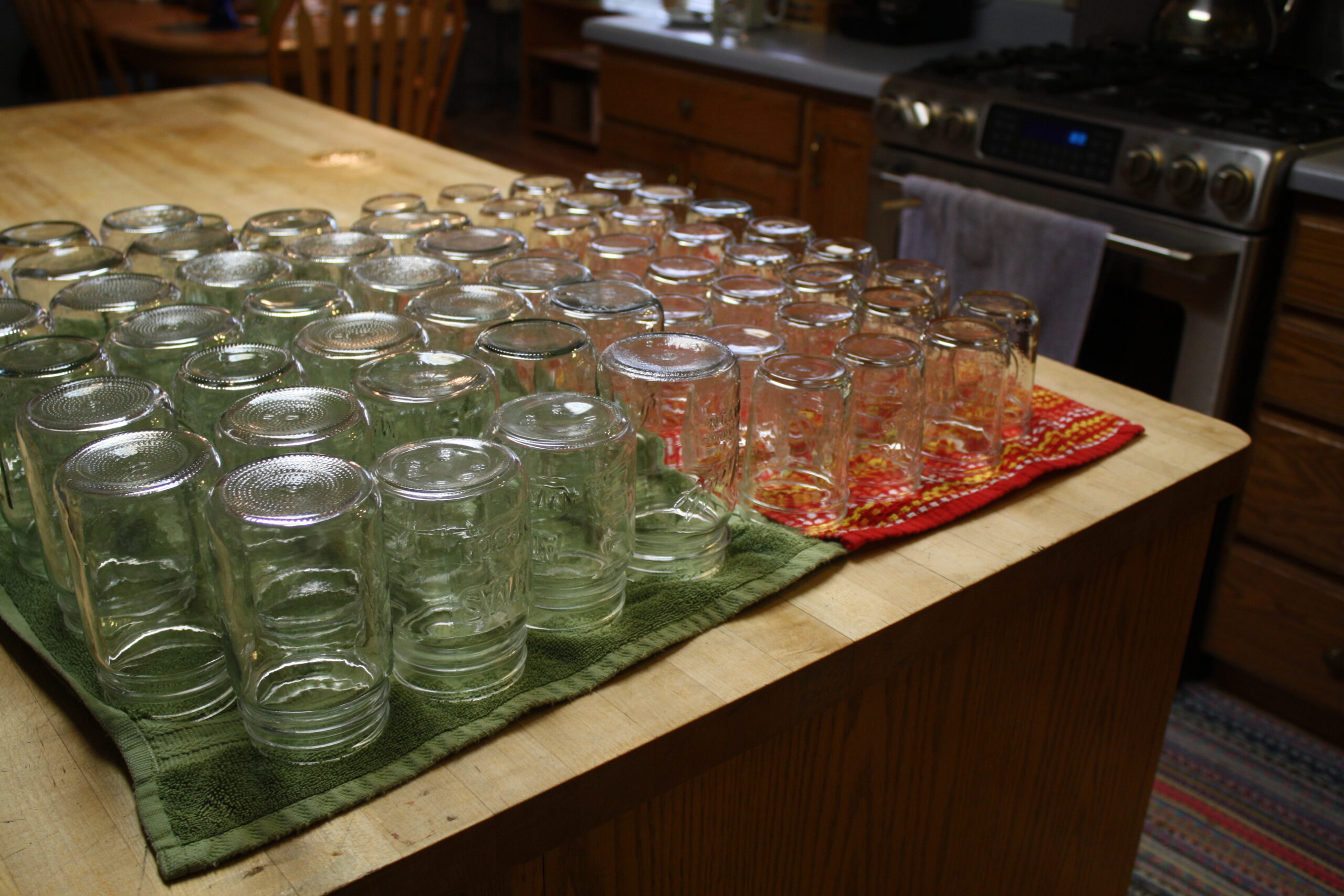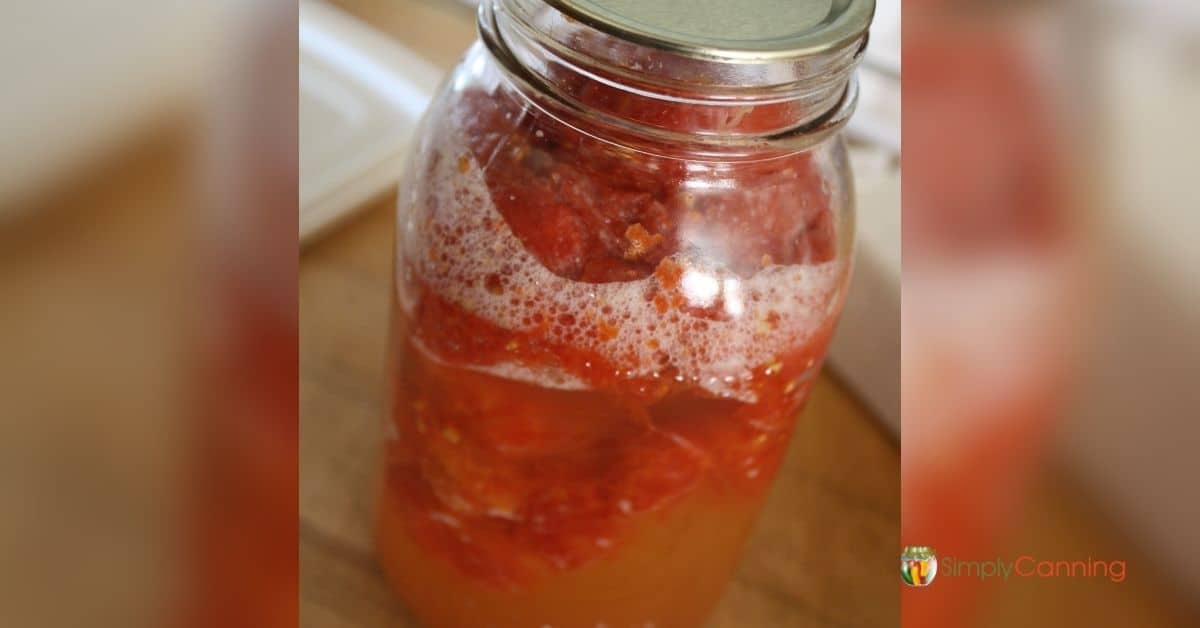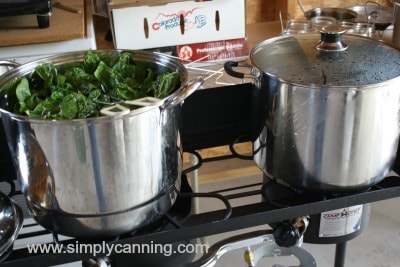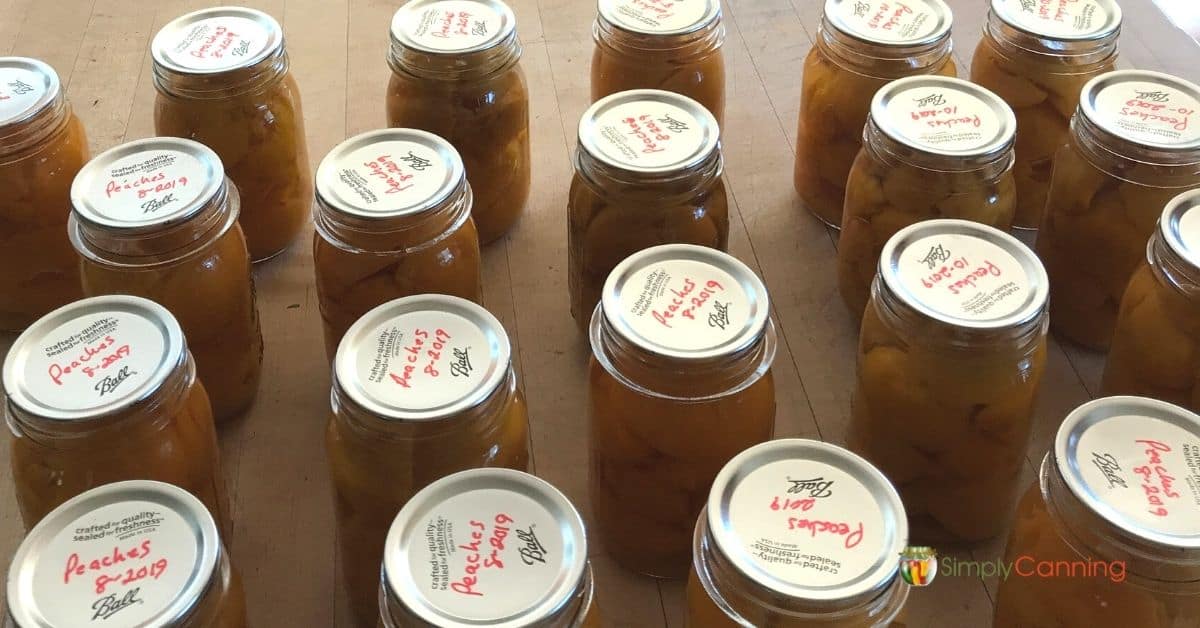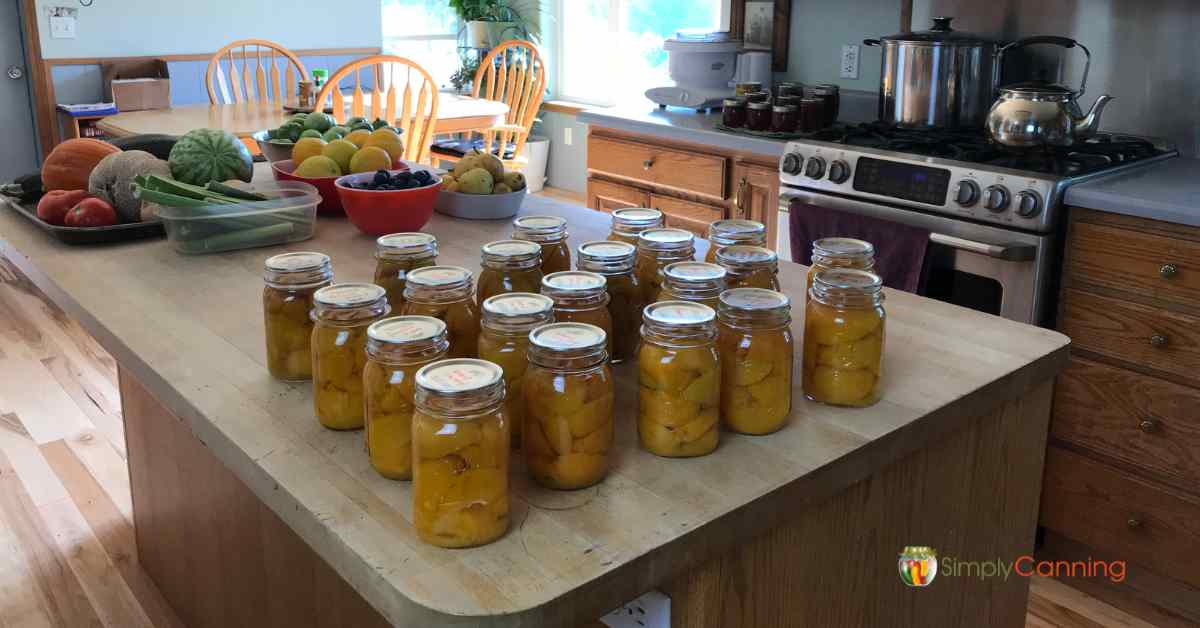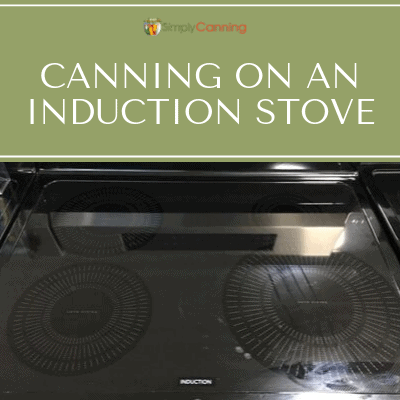Canning safety is simply a matter of avoiding risks. Use safe home canning methods. Any risk you can name regarding home canning is very easily avoidable. Learn how here.
Be clean. Use commonsense. Did you know life is full of risk? Sure you did. We all take risks all the time. Simple, everyday things are risky. What about driving to town? Crossing the street?
I am not trying to cause home canning “fear”…. I have been preserving at home with no problems for many years. I just want to emphasize safety procedures. Check out the articles below. I’ve included links to articles that answer many questions people ask.
Risk taking or avoiding?
We also take steps to lessen the risks. We drive safely. We wear seat belts. We teach our children to look both ways when crossing the street. The same is true of canning safety. Look both ways, lessen the risks. Take the steps to be safe, and you will enjoy feeding your family just like you enjoy being able to jump in the car and go to the grocery store.
Are you a seat belt wearer? I am.
From my inbox
“Just want to tell you how amazing you are. I’m a newly certified Master Food Preserver in Montana, and all your info is spot on. Plus your approach to explaining why safety matters and how to ‘deal’ with people whose beliefs are adverse is so helpful in presenting workshops! Thanks, ma’am! You rock!“
Canning Safety Articles
Basic Canning Information
Number one Canning Question ever asked… so I will list it first. Find the answer here.
Do I choose a water bath canner or a pressure canner? And why? That is a common question ~ and a good one. Learn how to choose the right method for your project.
Before you fill your first jar, or use your home canning recipes from your great grandmother, it is important to understand what you are doing. Decisions are much easier when you know why.
Home Canning at high altitude above 1,000 feet requires careful adjustments to your recipe. Changes need to be made for high-altitude water bath canning, steam canning, and pressure canning.
Pressure canning is for canning vegetables and meats. These are low-acid foods and need the high heat that a pressure canner provides. Don't let it intimidate you! You can do this.
Water bath canning is the perfect place for a beginning canner to start. By the end of this article you’ll have the confidence to pull our your canner and start with some simple projects.
Steam canners are similar to water-bath canners. They are both used to process high acid home-canned food. However, there are some definite differences not only in how they work. These are general instructions on how to use a steam canner; be sure to check your canner's manual for more details.
Special Canning Methods
I totally understand that pressure canners can be intimidating. And I also understand why people would want to use an instant pot for canning. Pressure Canning with an Instant Pot. Can you?? Or can’t you?? Why?
So many many questions about using an electric pressure canner. Is it safe? What about the one from Presto? Learn about the safety aspects and what I see coming from extension services and the NCFHFP. You might be pleased to hear what I found.
I realized that I really needed to address the issue of canning on a glass top stove because I’m asked about it a LOT! So is it safe? Yes…and no. It’s complicated.
Discover small batch canning. Perfect for solo canners, cooking for two, or thoughtful gifts. Scale down recipes & maintain safety.
Safety Concerns
This page may be scary to some people. I truly don’t want to scare you! This is actually a canning risk that is easily avoided by following safe home canning tested procedures and the proper canning methods.
I want to emphasize that there is a lot of wisdom in SOME of the old ways…I’m not saying your grandmother or aunt or whoever was crazy. Absolutely not! Many old-fashioned skills are fading away, and that is so very sad. Some of the old ways can be improved upon. Not discarded, but made better.
In this article, we’ll address common canning errors and guide you on how to salvage your precious jars, emphasizing safety and quality. By the end, you’ll confidently rectify canning mishaps, with an emphasis on safety and saving your hard work.
This is a guest post about misunderstandings in canning by reader Freda Bradely. She brings up some good points, including some of the potential dangers associated with canning using the old methods. I thought I’d share it with you…and Freda agreed.
In this article, we’ll discuss why water bath canning plain green beans is not recommended. But… don’t click away just yet. We’ll also discuss how your green beans CAN be preserved when you don’t have a pressure canner. So all is good!
How to Can Tomatoes the way want to. Information on adding lemon juice or other acidification, safe adaptations, seasonings, canning methods and more.
I often get questions from people who are asking about re-canning store-purchased foods. Especially when it is purchased in those large, #10-size cans. But is it a good idea? Is it safe? Is it really economical?
General Home Canning Information
This article is not about how to process your foods during the home canning process. It is rather about the choice of boiling the food before you serve it. Some say yes, you need to boil your meats and veggies prior to serving them…some say you don’t.
Did you know that sterilizing jars for home canning is not always needed? You DO need to start with clean jars, so yes…do wash them, either in a dishwasher or by hand with hot, soapy water and a clear water rinse. If you need to sterilize your jars, heres how.
Do you know how to recognize spoiled food? Sometimes it is obvious…sometimes not.
How blanching food makes it easier to freeze and dehydrate it. Includes step-by-step instructions for steam blanching and boiling water blanch. Information on microwave blanching and printable blanching time charts.
What do you need to know about preparing canned food for storage? Here are some tips.
Pin This to Find Later!
